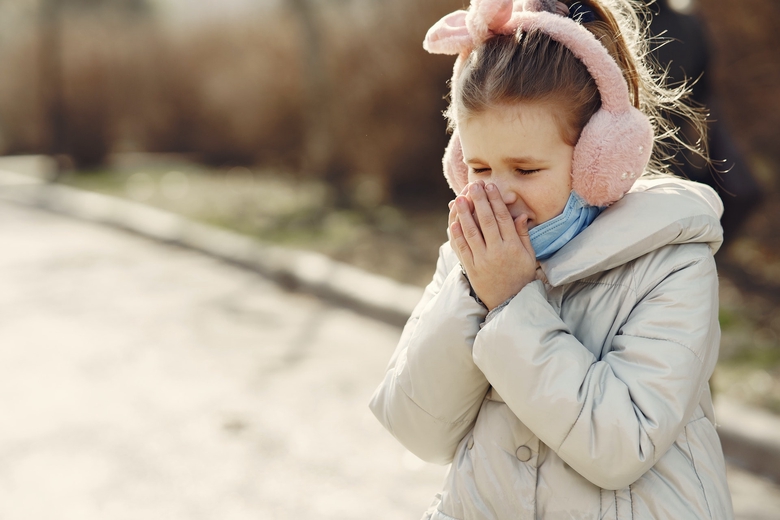Childhood allergies are on the rise, affecting millions of kids worldwide. Allergies can be a source of discomfort and even danger for children, making it crucial for parents to be well-informed about the causes, symptoms, and prevention strategies.

In this article, we'll delve into common childhood allergies, helping you understand what triggers them, recognize their symptoms, and explore effective prevention measures.
Common Childhood Allergies
1. Food Allergies:
Food allergies are among the most prevalent types of allergies in children. Common triggers include peanuts, tree nuts, milk, eggs, soy, wheat, and shellfish. The immune system reacts to these specific proteins as if they were harmful invaders, leading to a variety of symptoms.
Symptoms:
Hives or skin rashes
Swelling of the face, lips, or tongue
Digestive issues like vomiting or diarrhea
Difficulty breathing
2. Seasonal Allergies (Hay Fever):
Seasonal allergies, also known as hay fever or allergic rhinitis, are often triggered by pollen from trees, grasses, and weeds. Symptoms usually occur during specific seasons when these allergens are prevalent.
Symptoms:
Sneezing and runny or stuffy nose
Itchy and watery eyes
Coughing and wheezing
Fatigue and irritability
3. Allergic Asthma:
Allergic asthma is a condition where allergens like dust mites, pet dander, or pollen trigger asthma symptoms. It can lead to breathing difficulties and, in severe cases, asthma attacks.
Symptoms:
Wheezing
Shortness of breath
Chest tightness
Coughing, especially at night or early morning
Prevention Strategies
1. Identify Allergen Triggers:
Understanding what triggers your child's allergies is the first step. Allergies can vary widely from child to child. Once you know the specific allergen, you can take steps to limit exposure.
2. Create Allergy-Friendly Home Environments:
For indoor allergens like dust mites and pet dander, regularly clean and vacuum your home. Use allergen-proof covers on pillows and mattresses and keep pets out of bedrooms.
3. Allergy-Proof Your Diet:
If your child has food allergies, read food labels carefully and educate them about foods they should avoid. Communicate with schools and caregivers to ensure they are aware of your child's allergies.
4. Seasonal Allergy Management:
During high pollen seasons, keep windows closed, use air purifiers, and have your child wear sunglasses to protect their eyes. Monitor pollen counts and plan outdoor activities accordingly.
5. Consult an Allergist:
If your child's allergies are severe or persistent, consider consulting an allergist. Allergists can perform tests to identify specific allergens and provide treatment options like allergy shots or medications.
Dealing with common childhood allergies requires vigilance, but with the right knowledge and strategies, you can help your child lead a healthier and happier life. By identifying triggers, creating allergy-friendly environments, and seeking professional guidance when necessary, you can effectively manage and prevent childhood allergies.
Always remember, an informed and proactive approach is key to keeping allergies at bay and ensuring your child's well-being.